Living In The Freezer
The polar regions are the coldest places on Earth and differ the most from every other habitat on the planet. During the summer months, the days receive 24 hours of pure sunshine but during the winter, the sun is barely seen at all. Animals that inhabit nature’s freezers have to be well adapted to living in the cold, and often have a thick layer of fat or blubber to help to keep them warm.
Numerous species of animal can be found inhabiting these hostile conditions successfully and from various groups within the animal kingdom. Many however, are being severely threatened by habitat loss to both growing Human settlements and the decreasing amount of flat ice thanks to global warming, with the spring melt happening earlier and faster year after year.
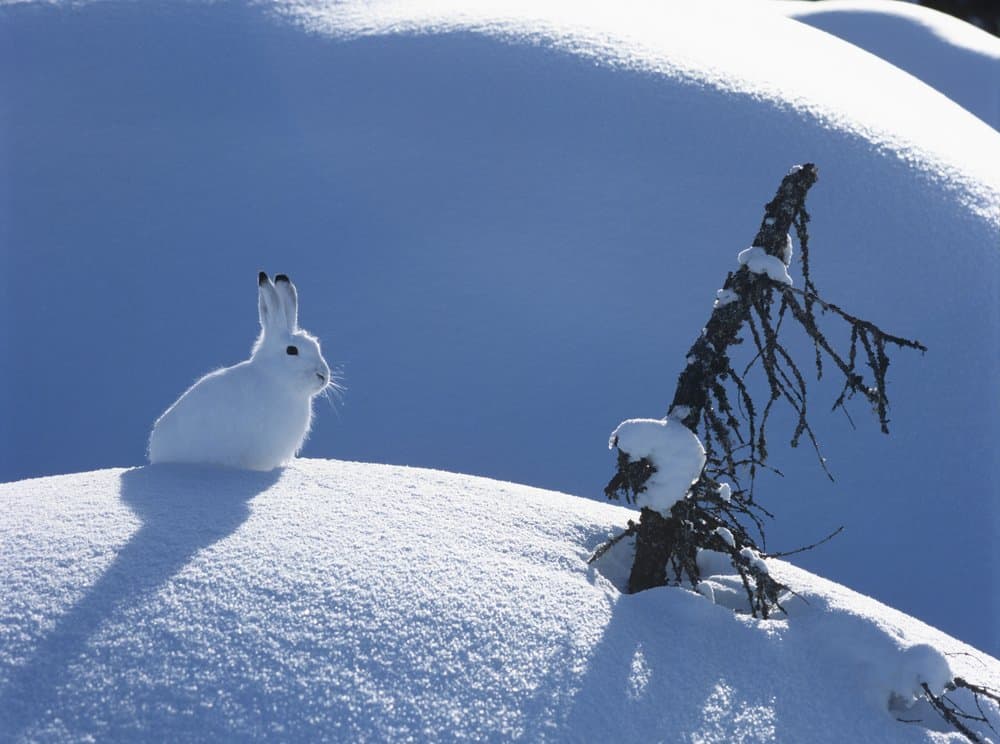
sirtravelalot/Shutterstock.com

Menno Schaefer/Shutterstock.com
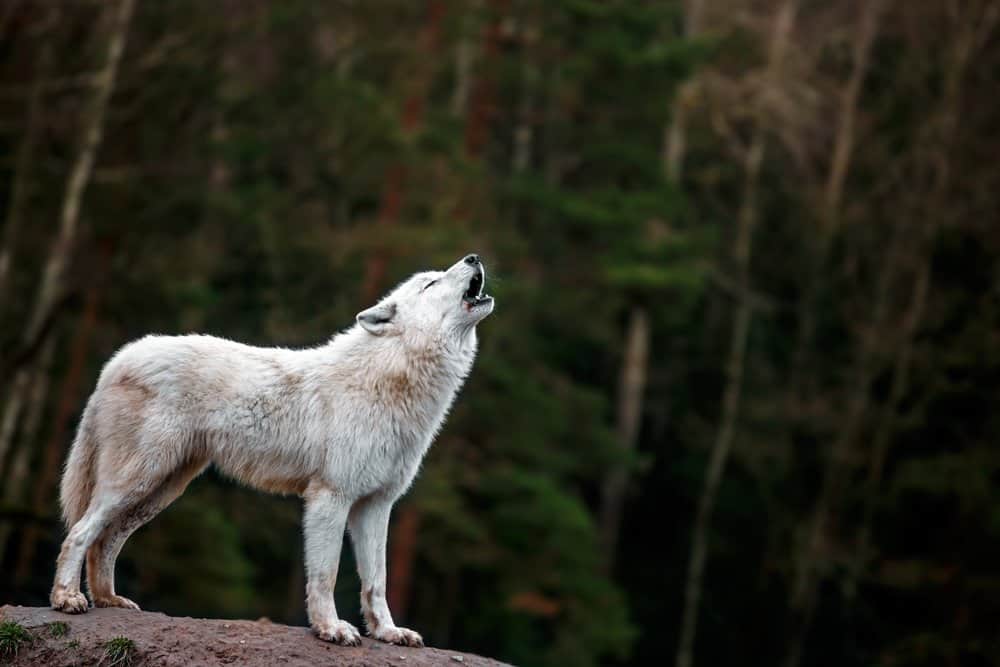
Josef_Svoboda/Shutterstock.com

Joey_Danuphol/Shutterstock.com
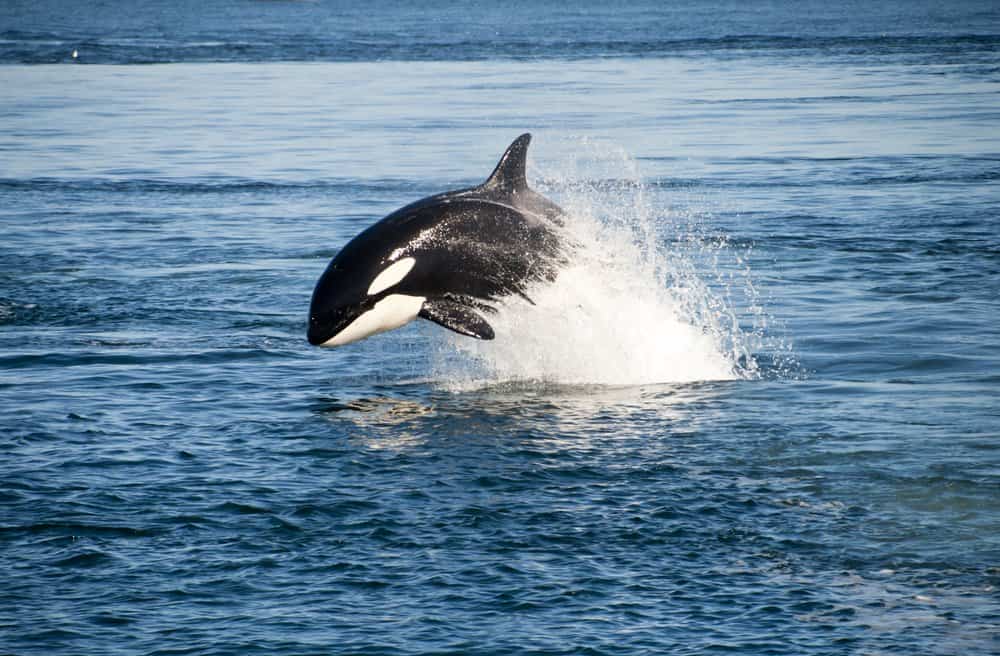
qingqing/Shutterstock.com
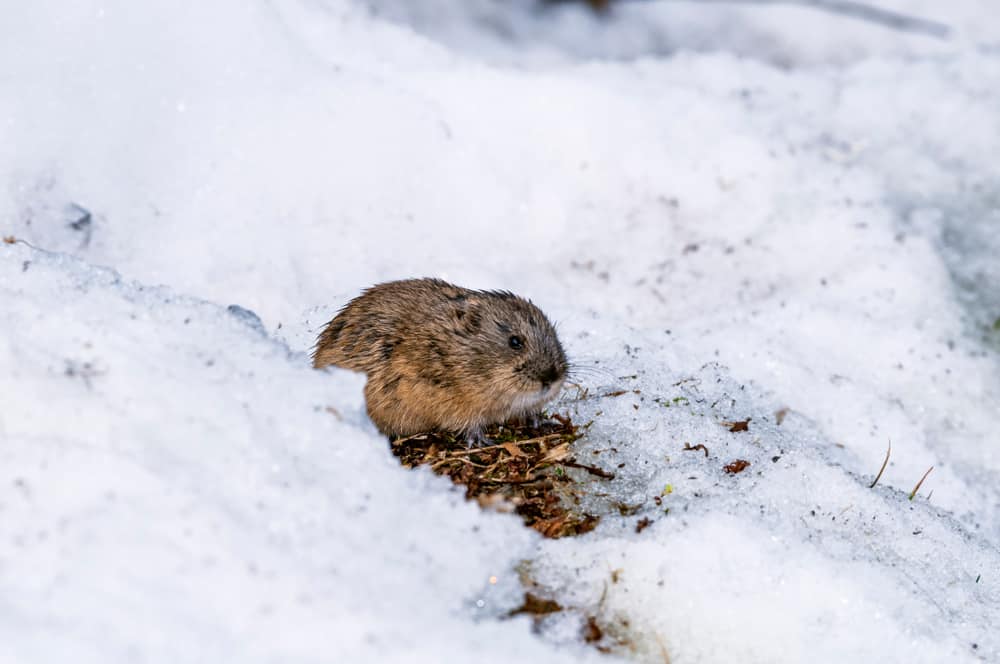
Nick Pecker/Shutterstock.com
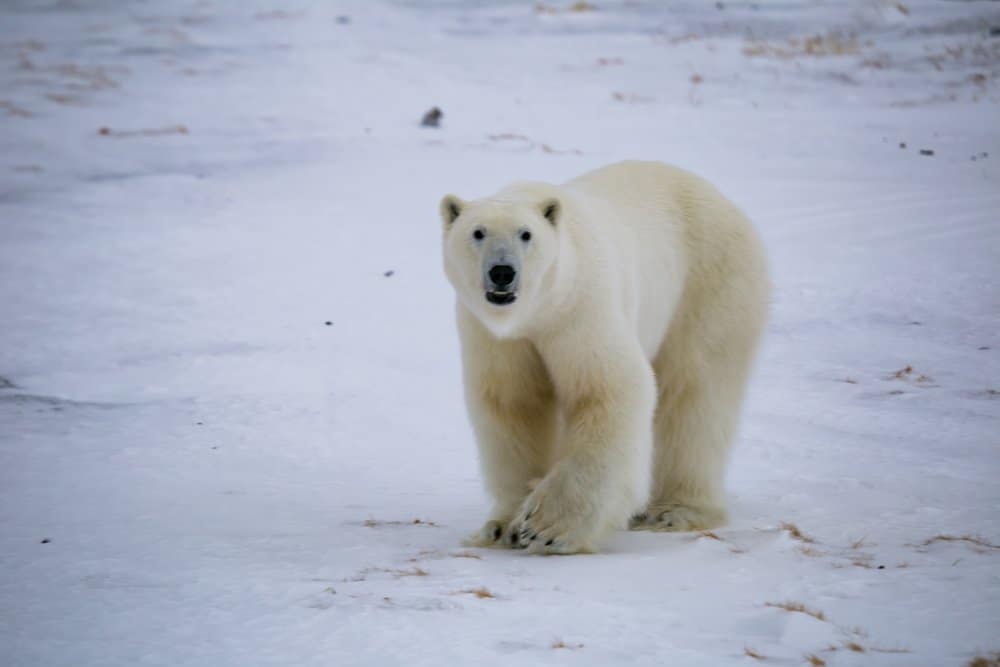
JoannaPerchaluk/Shutterstock.com

Dmitry Chulov/Shutterstock.com
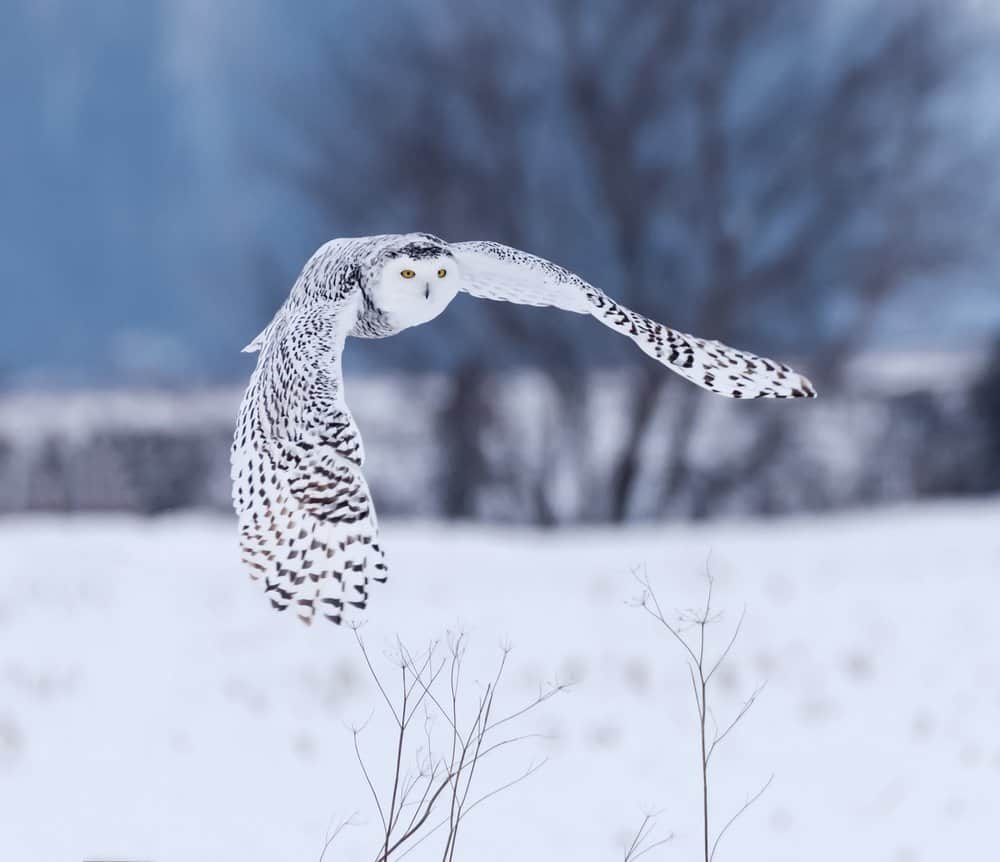
FotoRequest/Shutterstock.com
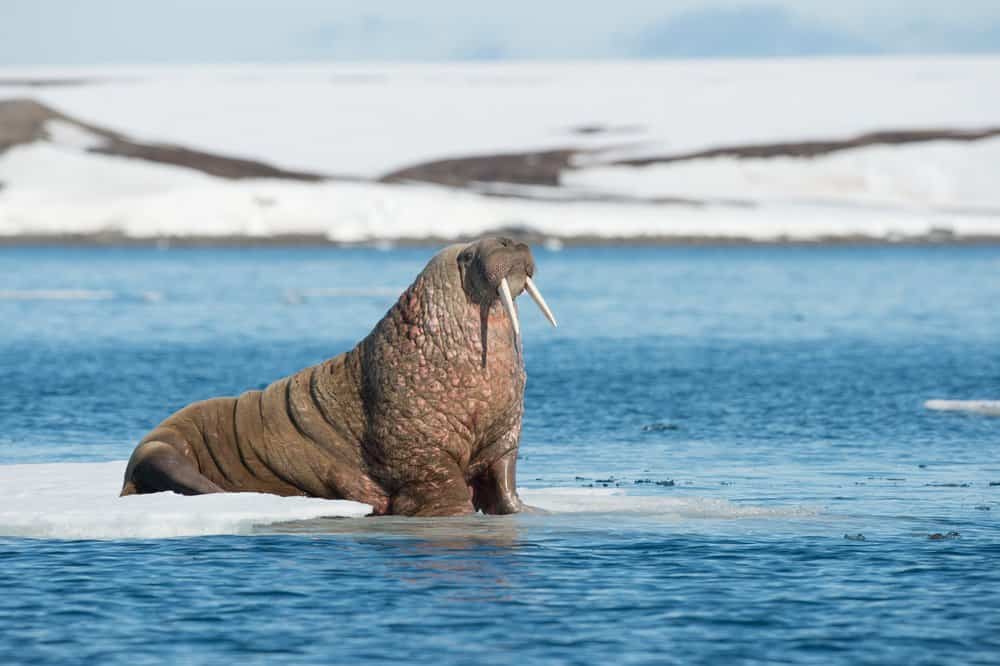
Inge Jansen/Shutterstock.com
More from A-Z Animals
The polar regions are the coldest places on Earth and differ the most from every other habitat on the planet. During the summer months, the days receive 24 hours of pure sunshine but during the winter, the sun is barely seen at all. Animals that inhabit nature’s freezers have to be well adapted to living in the cold, and often have a thick layer of fat or blubber to help to keep them warm.
Numerous species of animal can be found inhabiting these hostile conditions successfully and from various groups within the animal kingdom. Many however, are being severely threatened by habitat loss to both growing Human settlements and the decreasing amount of flat ice thanks to global warming, with the spring melt happening earlier and faster year after year.

sirtravelalot/Shutterstock.com

Menno Schaefer/Shutterstock.com

Josef_Svoboda/Shutterstock.com

Joey_Danuphol/Shutterstock.com

qingqing/Shutterstock.com

Nick Pecker/Shutterstock.com

JoannaPerchaluk/Shutterstock.com

Dmitry Chulov/Shutterstock.com

FotoRequest/Shutterstock.com

Inge Jansen/Shutterstock.com






